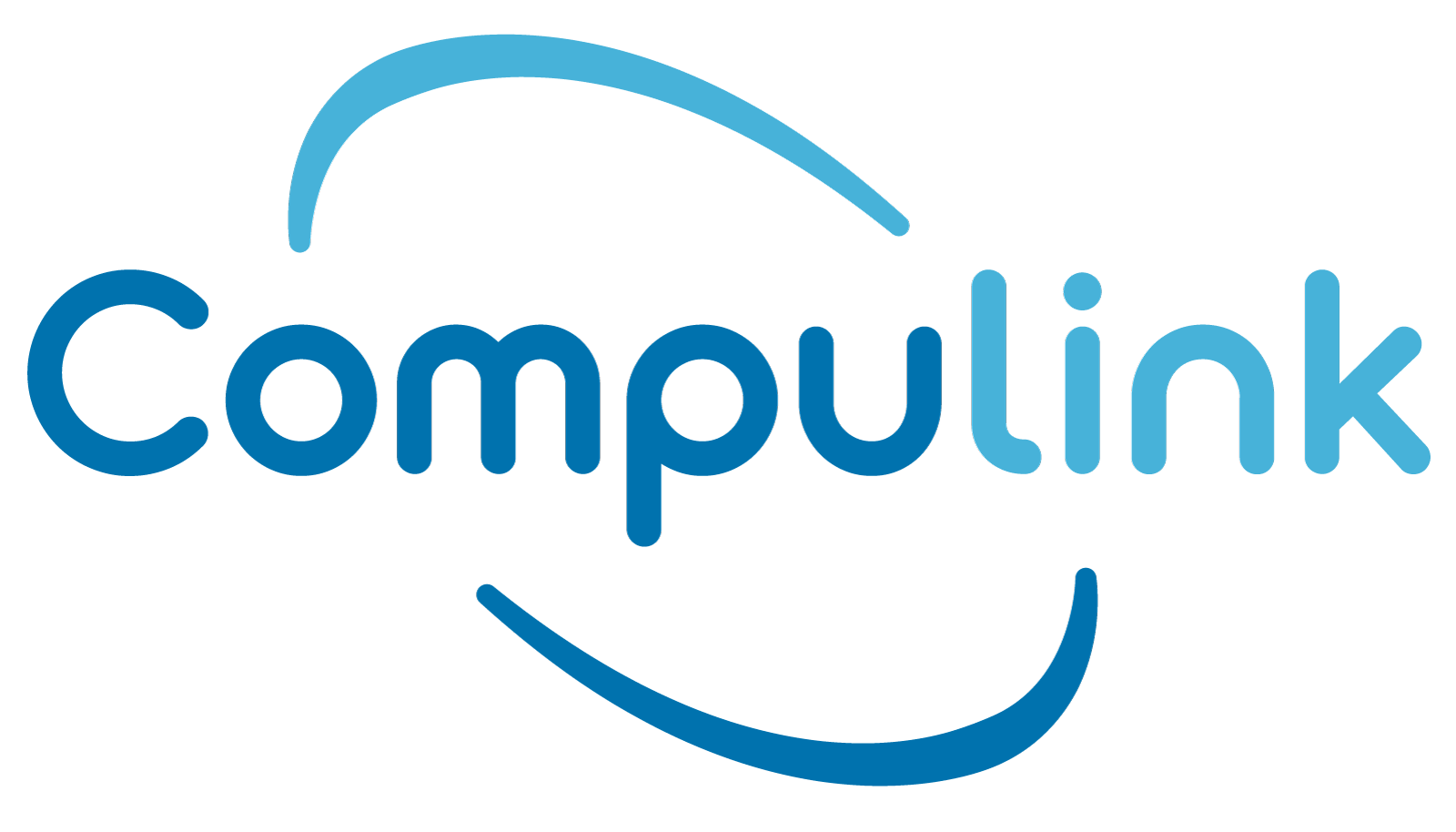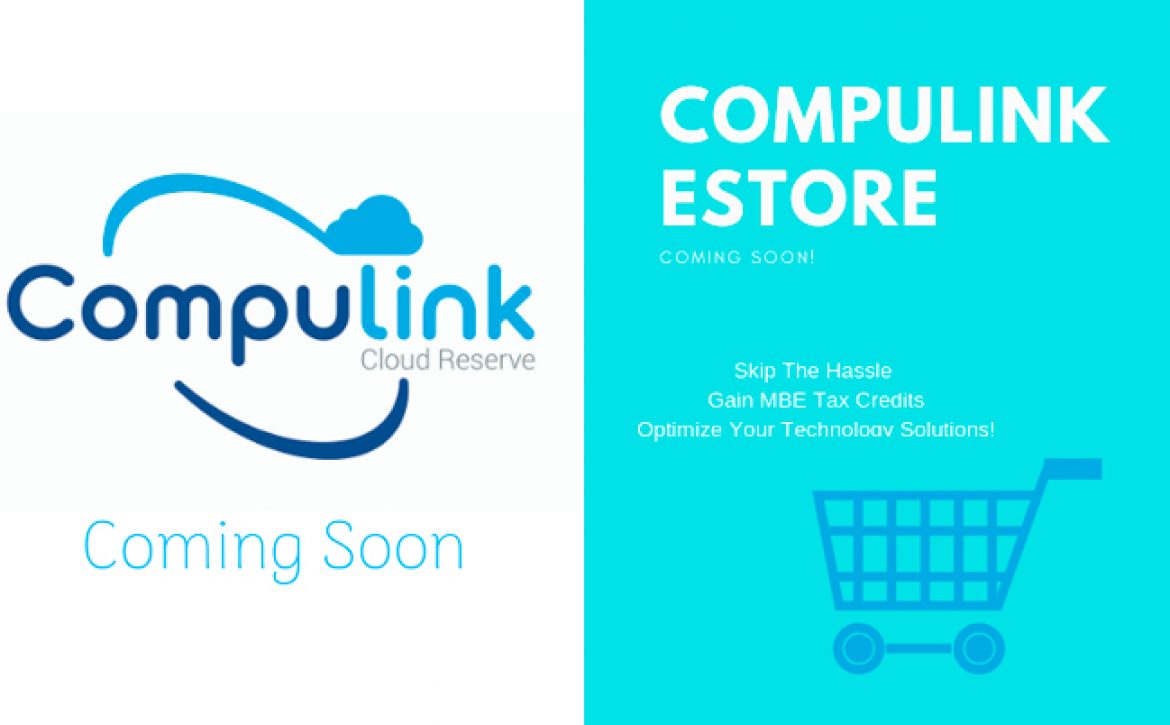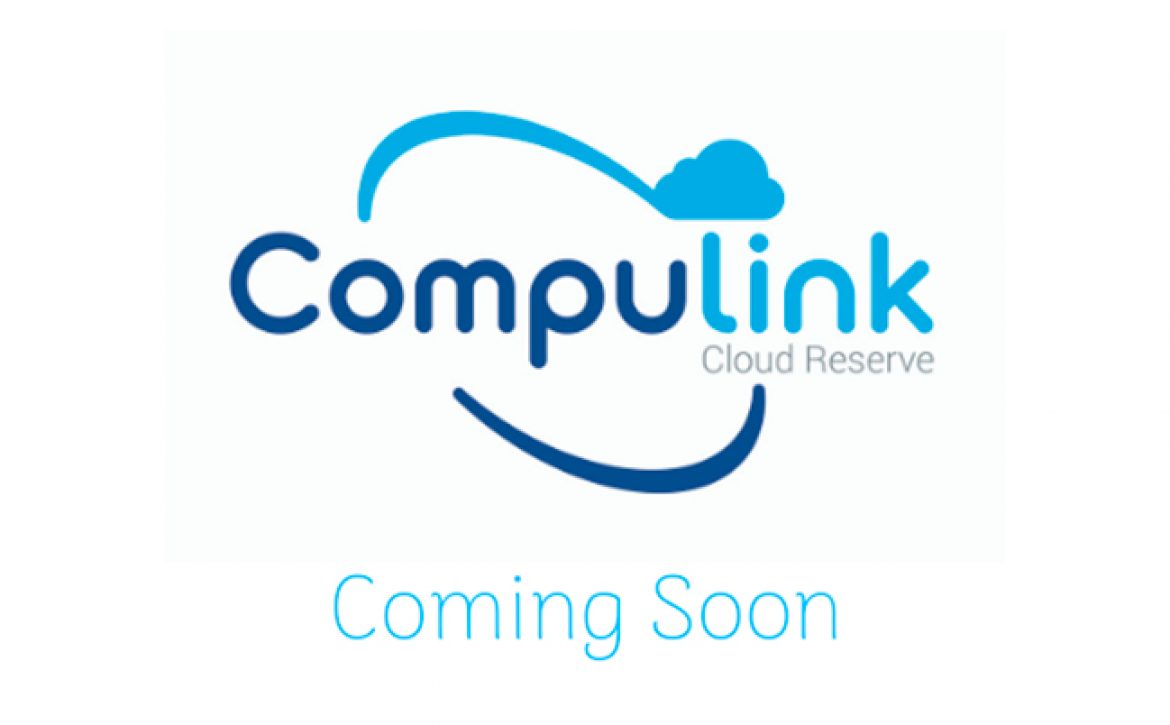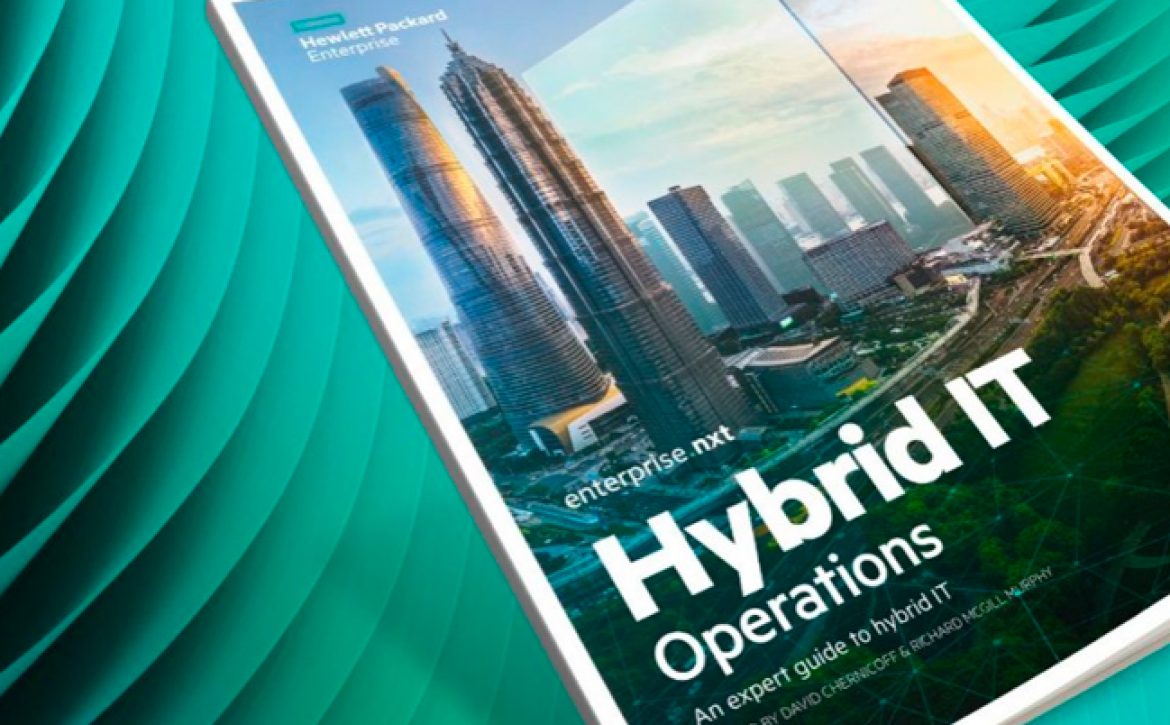Some products sell themselves. Others
require a bit of hand-holding. Cloud sits somewhere in the middle.
On the one hand, every customer has
heard the growing cloud chorus and knows that many in their industry are
already onboard. At the same time, cloud raises difficult, sometimes scary
questions for organizations and IT teams. It’s up to cloud partners and
technology advisors to find answers and help their clients separate myth from
reality.
We spoke with several of the most
successful Citrix partners about the biggest concerns their customers raise
about cloud, and the most effective strategies for responding.
1.
Fear of Huge Changes to IT
A common concern our partners
encounter in the field is an overarching sense of culture shock when customers
contemplate cloud. Part of the blame can be laid at the feet of cloud
marketing. When people are bombarded with nonstop messages about how
revolutionary cloud is, you can’t blame them for imagining it will turn their
entire IT organization upside down.
The best response our partners have
discovered: Dispel this myth by showing customers how much cloud they’re
already consuming — often more than they realize.
“Dispel
this myth by showing customers how much cloud they’re already consuming”
“When customers are interested in
cloud but express these kind of concerns, we say, ‘Well, you probably are
already in the cloud and just don’t know it,’” says Beau Smithback (@BeauSmithback,) CEO, Envision
IT (@envisionitllc.)
“You’ve probably got Salesforce, or AppDynamics, or some other service you’re
already using out there. So it’s not as scary as you might think.”
2.
Fear of the Unknown
Along these same lines, sometimes the
IT people you’re working with have very human (and understandable) fears about
changes to their own roles, or of losing the control over the environment they
have today. What will their job look like as the company adopts more cloud? How
valuable will they be to their employer?
The best response to these concerns:
In-depth conversations about what cloud will look like (and won’t look like),
and the different kinds of value that IT leaders will bring to their
organizations as they use more cloud.
“It’s really about helping
customer organizations shift the way they think,” says Ronnie Altit (@raltit,)
CEO, Insentra (@Insentra.)
“We help them focus less on what they have control over and more about the
business outcomes they’re looking to achieve. We try to get them comfortable
with the idea that, as they move things to the cloud, their roles won’t
disappear, they’re just going to morph into something different. We have a lot
of conversations with clients about what that morph looks like, because it’s
not a change that happens overnight. It’s a journey.”
“We help them focus less on what
they have control over and more about the business outcomes they’re looking to
achieve.”
3.
Concerns about Cloud Return on Investment
Some of the bigger concerns around
cloud involve costs and benefits. Here again, sometimes the cloud
marketing machine does as much harm as good. Customers looking seriously at
cloud for the first time may assume that cloud automatically costs less than
on-premises. Then, when they start looking at possible costs of ramp-up,
re-factoring applications, or complexities of migration, they can get a bit of
sticker shock.
But for most customers, cloud does
deliver a concrete ROI over time. Our successful partners get ahead of the ball
by listening, assessing and advising on the right solution with total
transparency. They walk their customers through all the business advantages of
cloud, instead of focusing exclusively on the short-term bottom line.
“One of the biggest fears we hear is,
‘Am I going to see an ROI? What’s the total cost of ownership when I go to the
cloud?’” says Altit. “When you start looking at it from that perspective, you
tend to miss what cloud really is about. It’s more about the agility, the
flexibility. And it’s very hard to put a dollar figure on what that means
for a client’s business.”
Some partners focus on hidden
costs in customers’ current environments, which they may not be factoring into
their evaluation.
“I’m surprised at the number of
customers who don’t realize what the hard and soft costs are for their
on-premises environments versus cloud,” says Pete Downing(@techdudeinc,)
chief marketing technology officer, XenTegra, LLC (@xentegra.)
“We educate customers on the savings from not having to update the
application environment anymore, the evergreen setup for different components
on-premises. We explain how it’s truly secure, because you get to choose
what you do with your OS and your data, while the cloud provider manages the
control plane. Once they get it, it becomes a much easier conversation.”
“It’s more about the agility, the
flexibility. And it’s very hard to put a dollar figure on what that means for a
client’s business.”
4.
Concerns about Skills Gaps
Many clients fear that cloud will
require a different set of skills, and they worry they’re not currently
equipped to navigate the change. This can actually be a great conversation, as
it allows partners to emphasize the value they bring to the table:
boosting the customer’s existing in-house skill set so that their business can
succeed.
“Legacy IT people can build
infrastructure, build servers, install operating systems, but moving to a cloud
model requires a different skill set,” says Matthew Metelsky (@telsky,)
chief technology officer, Third Octet (@thirdoctet.)
“We show them solutions like Citrix Cloud, where they can satisfy some of these
gaps by using purpose-built software-as-a-service. And then of course,
organizations like ours are here to augment skills gaps. When customers know
they have our support, they’re a lot more comfortable.”
“Boosting the customer’s existing
in-house skill set so that their business can succeed”
5.
Security and Compliance Concerns
Cloud providers have made major
strides in dispelling myths of weak cloud security, but partners still have
work to do in reassuring some customers.
“A common misconception we still see
is that cloud is totally open and available for everyone to access your files
or data or applications,” says Adam Clark (@_adamclark,)
solutions architect, Xenit
AB (@XenitAB.) “Of course, it’s
not really like that. It’s probably more secure than their own on-premise
environment, especially for smaller companies.”
Some effective approaches that Citrix
partners recommend:
- Walk through the differences between
cloud and on-premises security.
- Explain the ways that cloud can make it
easier to enforce security and compliance, such as applying more
granular control over data in different geographic regions.
- Point to the large number of
organizations with stringent security requirements(government
agencies, financial services, healthcare) that are increasingly moving to
cloud.
“It’s probably more secure than
their own on-premise environment, especially for smaller companies.”











